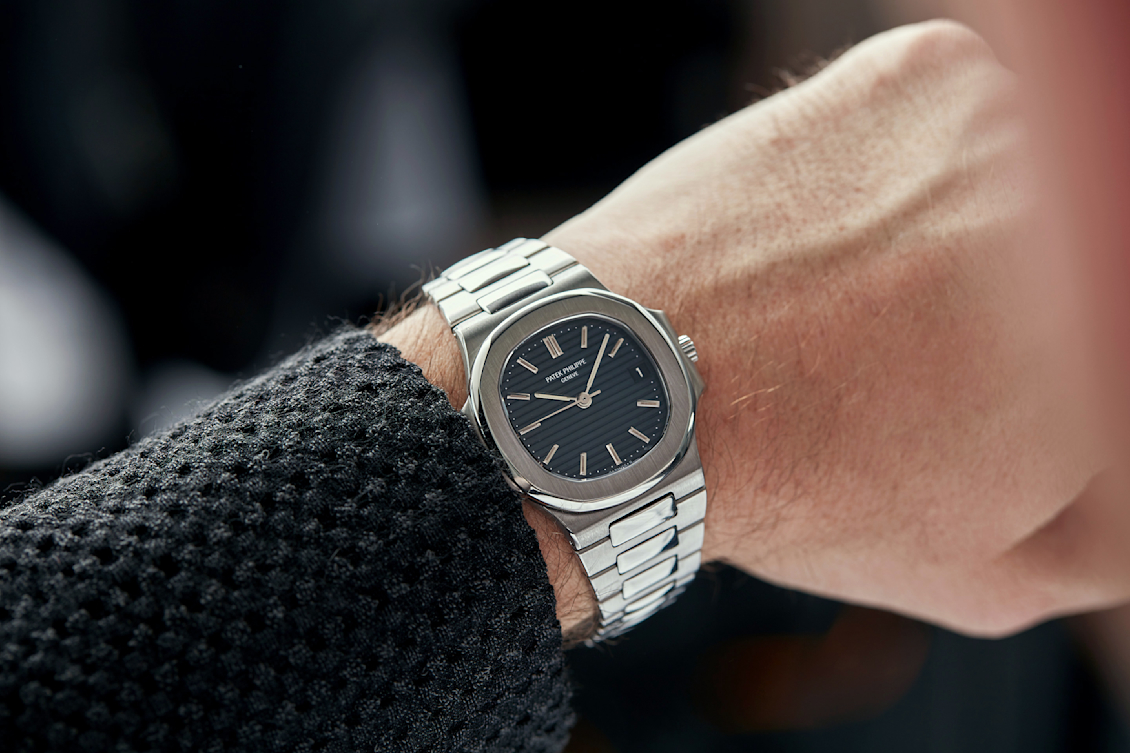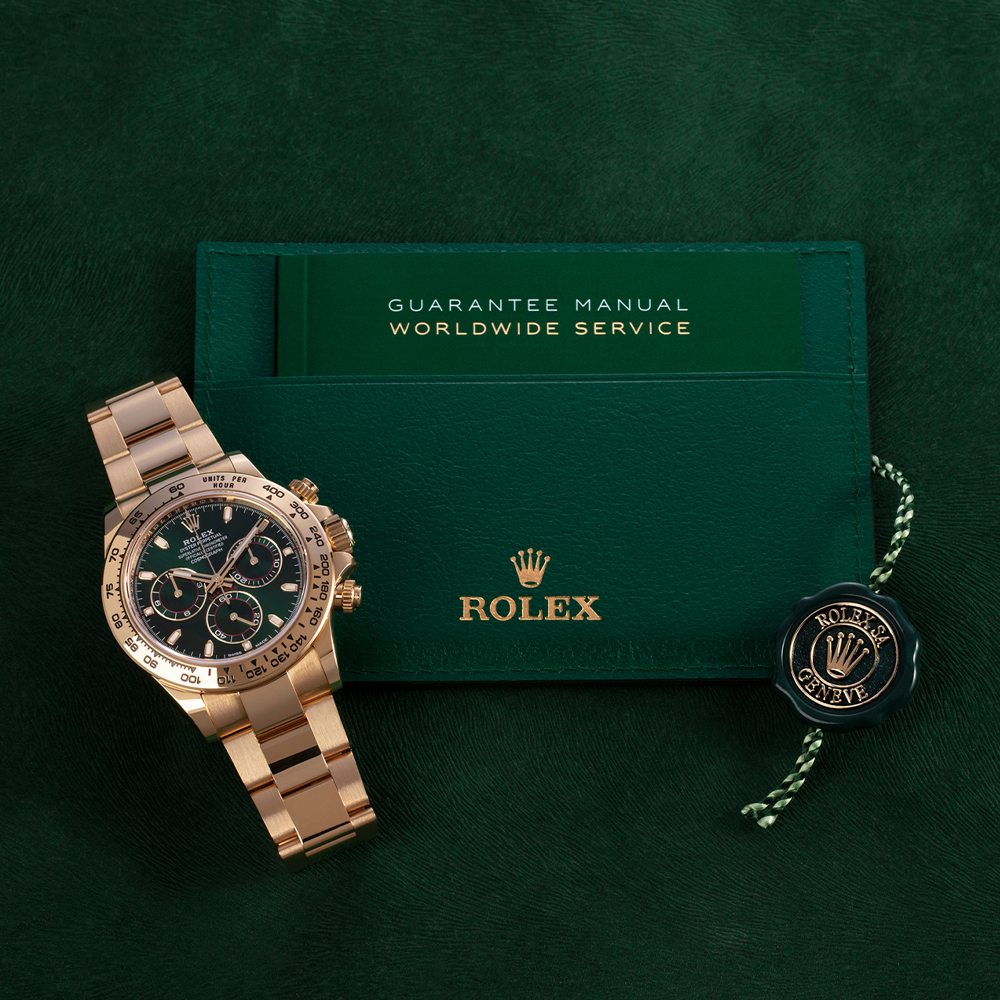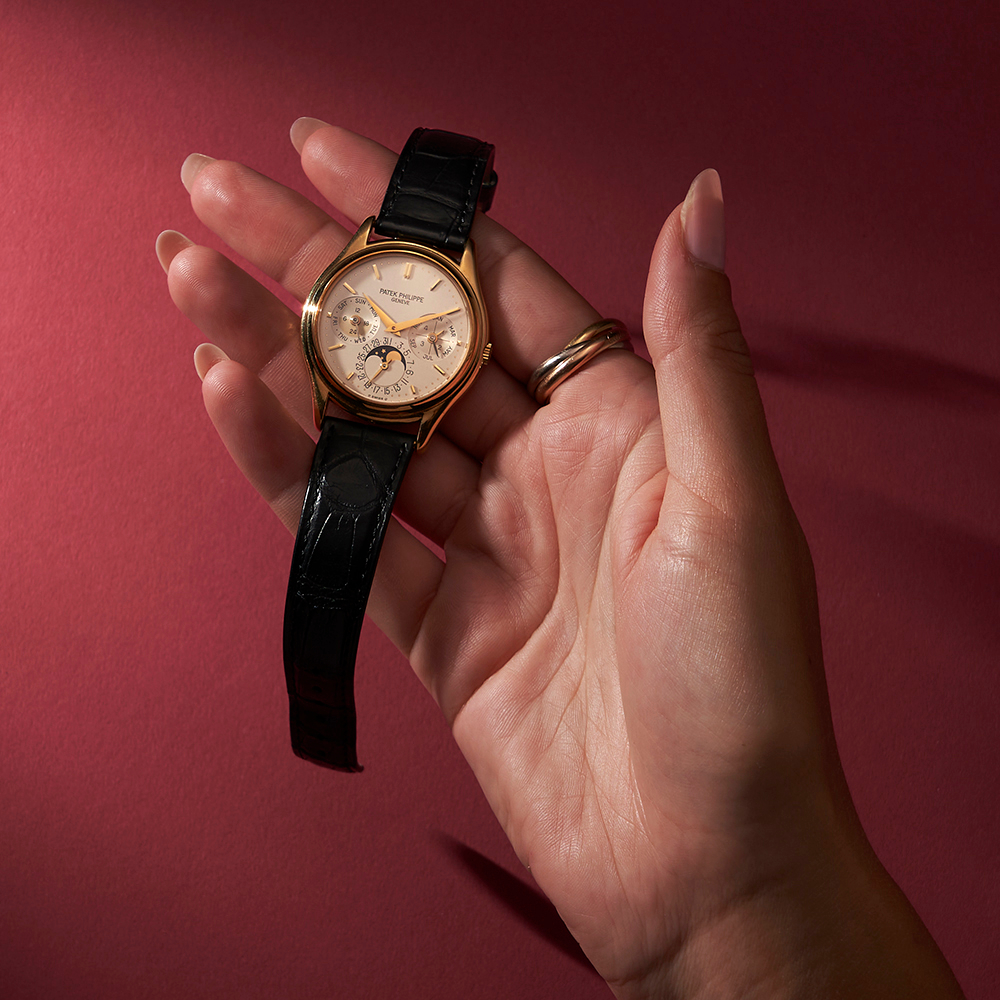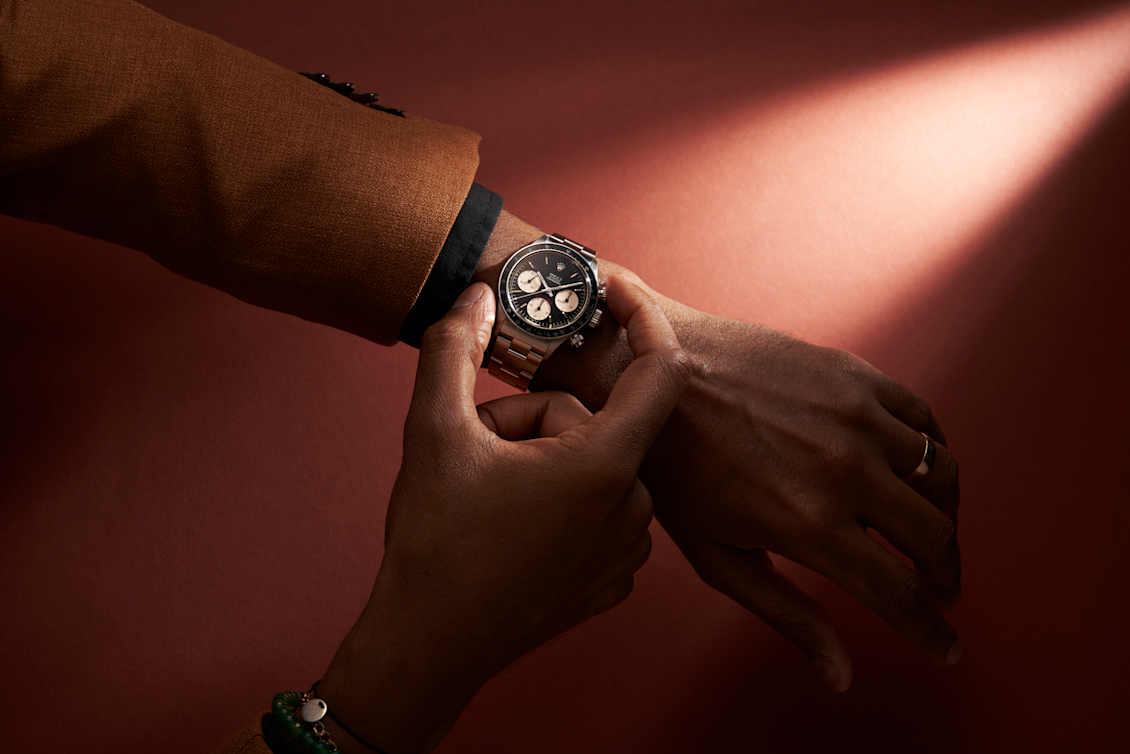In a world where digital devices display time down to the fraction of a second, the classic wristwatch is experiencing a remarkable revival – especially in the vintage segment. This article explores what makes these timepieces so special and why they are not only cherished collectibles but also potentially lucrative investments.

Vintage Watches as an Investment

What Makes a Watch a Vintage Watch?

A vintage watch is more than just a pre-owned timepiece. It refers to models that are at least 20 years old. However, not every old watch automatically qualifies as a valuable collector's item. The key difference lies in the combination of age, condition, rarity, and the story behind the model.Vintage watches have not only measured time but have also witnessed history. A Rolex Submariner from the 1960s or a Cartier Tank from the 1970s embodies the cultural legacy of its era – silent witnesses to the decades they represent.4o
Not all vintage watches are created equal when it comes to value retention and collector potential. Certain brands have established themselves as particularly sought-after among collectors:
Rolex: Especially sport models like the Submariner, GMT-Master, or Daytona have shown impressive value appreciation over time.
Patek Philippe: As one of the most exclusive watchmakers in the world, vintage models from Patek Philippe are often highly coveted collectibles with steadily increasing value.
Omega: Particularly the Speedmaster models ("Moonwatch") and various Seamaster editions are immensely popular among enthusiasts.
Cartier: Classic models such as the Tank or Santos embody timeless elegance and are treasured by collectors.
Audemars Piguet: The Royal Oak, in particular, has achieved cult status and is highly valued by watch collectors worldwide.
Why Are Vintage Watches an Attractive Investment?

1. Limited Availability
Unlike modern production watches, the number of surviving vintage models is strictly limited. With each passing year, fewer well-preserved pieces remain on the market, which tends to drive up their value over time.
2. Value Stability and Appreciation Potential
High-quality vintage watches have proven to be remarkably stable in value. Certain models from prestigious brands such as Rolex, Patek Philippe, or Audemars Piguet have not only maintained their value over the decades but have shown impressive appreciation.
A perfect example of the value appreciation of vintage watches is the legendary Rolex Submariner, reference 5513. This iconic model was produced from 1962 to 1989 and is now one of the most sought-after vintage watches. In the 1990s, a well-preserved Submariner could be purchased for around €1,000. By the mid-1990s, the price had already doubled to approximately €2,000. Today, depending on condition, production year, and dial variation, a Rolex Submariner Ref. 5513 typically sells for between €10,000 and €20,000. Especially rare versions with special dials, such as early examples featuring a “Gilt Dial” and pointed crown guards, can fetch between €30,000 and €50,000 at auction. This represents a value increase of up to 5,000 percent over roughly 30 years — a return few traditional investment forms can match.
3. Independence from Financial Market Trends
Unlike many traditional financial assets, vintage watches are less susceptible to market fluctuations. While stocks or bonds can be highly volatile, the market for collectible timepieces often moves independently — a significant advantage when it comes to diversifying an investment portfolio.
4. Emotional Added Value
A key advantage over other investments: vintage watches can be worn and enjoyed every day. They combine the qualities of a financial asset with emotional value and aesthetic pleasure — a rare combination that few other investment classes can offer.
What to Consider When Buying a Vintage Watch?

Purchasing a vintage watch requires expertise and caution. Here are the key factors you should take into account:
Original Condition and Authenticity
The value of a vintage watch largely depends on its authenticity and the preservation of its original condition. Original dials, hands, and cases are critical to a watch’s collectability. Polished cases or replaced dials can significantly reduce its value.
Service and Maintenance History
A complete record of past services and overhauls is ideal. It provides insight into the care the movement has received and any repairs it may have undergone. The most recent service should not be too long ago, ensuring the movement is in proper working order.
Condition of the Movement
The movement is the heart of any mechanical watch. Look for a rust-free and fully functional movement. Ideally, the watch should demonstrate stable timekeeping — a sign of a well-preserved and properly maintained mechanism.
Origin and Provenance
A documented history can significantly increase a watch’s value. Timepieces with verifiable provenance — such as ownership by notable individuals or with unique background stories — often achieve top prices at auctions.
Original Box and Papers
Complete sets that include the original box and accompanying documents — such as the warranty card, purchase receipt, or instruction manual — greatly enhance a vintage watch’s value. These documents not only confirm authenticity but also round out the package for collectors.
To preserve — or even increase — the long-term value of a vintage watch, proper care is essential:
Regular servicing by qualified watchmakers, ideally those specialized in the specific brand
Protection from moisture, extreme temperatures, and strong magnetic fields
Careful handling in daily use to avoid scratches and impacts
Proper storage in a watch winder or suitable watch box when not being worn
Avoidance of direct sunlight, which can cause the dial to fade over time
Vintage Watches as a Timeless Investment

Vintage watches uniquely combine craftsmanship, history, and investment potential. As wearable assets, they offer not only the opportunity for financial return but also the daily joy of wearing a piece of horological history.
Those who prioritize authenticity, condition, and provenance when purchasing — and are willing to invest in high-quality pieces from renowned brands — can benefit from long-term value appreciation. At the same time, every vintage watch represents a piece of cultural heritage and artisanal tradition that can be passed on to future generations — an aspect that goes far beyond mere investment value.
In an increasingly digital world, mechanical vintage watches symbolize permanence, craftsmanship, and timeless elegance — qualities that make them highly desirable collectibles and potentially valuable investments.